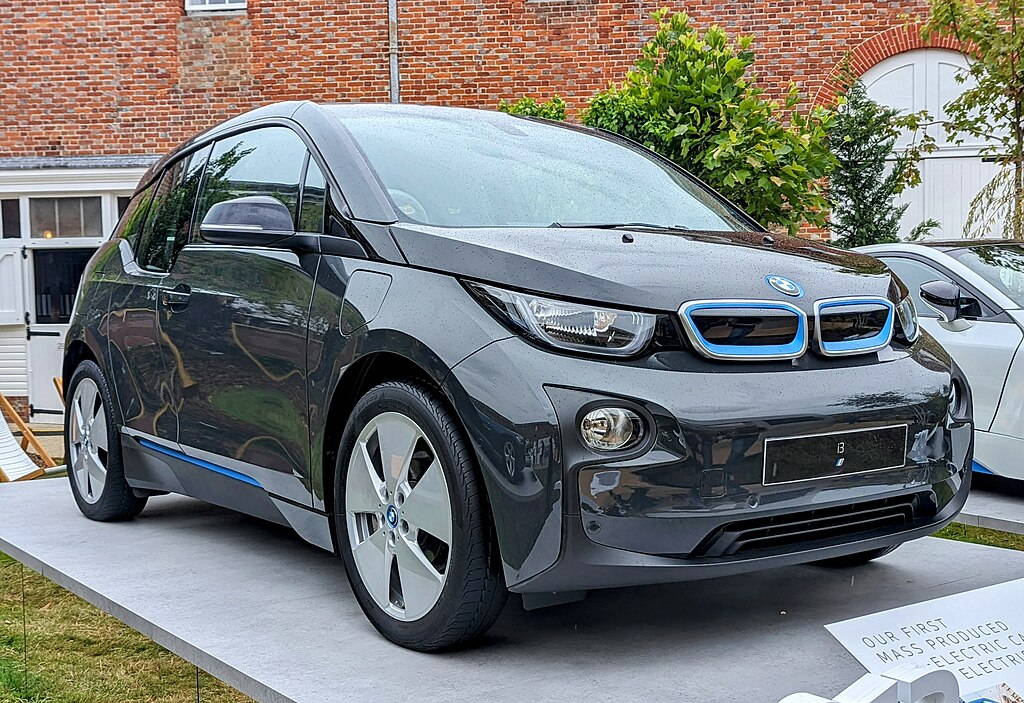
Replacing the high-voltage battery in a BMW i3 is a complex procedure that requires careful attention to detail. This guide will walk you through the process, ensuring that you handle the battery replacement safely and correctly.
Tools and Materials Needed
- Replacement high-voltage battery (compatible with BMW i3)
- Socket set and wrenches
- Battery terminal protectant
- Insulated gloves and safety glasses
- Torque wrench
- Jack and jack stands or ramps
- Battery hoist or lift (if available)
- Service manual (for specific instructions and torque specifications)
Important Safety Precautions
- High Voltage Warning: The high-voltage battery in the BMW i3 operates at very high voltages. Always take necessary precautions to avoid electric shock.
- Disconnect Battery: Ensure the high-voltage battery is properly disconnected before starting the replacement process.
- Wear Safety Gear: Use insulated gloves and safety glasses to protect yourself from electrical hazards and battery acid.
Step-by-Step Guide
1. Preparation
- Park Safely: Park the BMW i3 on a flat, stable surface and engage the parking brake.
- Disconnect the 12V Battery: Open the trunk and disconnect the 12V auxiliary battery to ensure there is no electrical power to the vehicle’s systems.
- Lift the Vehicle: Use a jack to lift the vehicle and secure it with jack stands or ramps to access the undercarriage.
2. Access the High-Voltage Battery
- Locate the Battery: The high-voltage battery is typically located under the vehicle, mounted to the chassis. Refer to your service manual for the exact location.
- Remove Battery Covers: If applicable, remove any covers or shields that are protecting the high-voltage battery.
3. Disconnect the High-Voltage Battery
- Remove Battery Connectors: Carefully disconnect the high-voltage battery connectors. These are often secured with bolts or clips. Follow the manufacturer’s instructions to safely disconnect these connectors.
- Discharge the Battery (if required): Some procedures may require discharging the battery to a safe level before removal. Consult the service manual for specific instructions.
4. Remove the Old Battery
- Unfasten Mounting Bolts: Locate and remove the bolts or fasteners securing the battery to the chassis.
- Lift Out the Battery: Using a battery hoist or lift (if available), carefully lift the old battery out of the vehicle. Be cautious as high-voltage batteries can be heavy.
5. Install the New Battery
- Position the New Battery: Carefully place the new high-voltage battery into the battery compartment. Ensure it is properly aligned with the mounting points.
- Secure the Battery: Reinstall the mounting bolts or fasteners to secure the battery in place. Tighten the bolts to the specifications provided in the service manual.
6. Reconnect the High-Voltage Battery
- Attach Connectors: Reconnect the high-voltage battery connectors. Ensure that all connections are secure and properly seated.
- Reconnect the 12V Battery: Reconnect the 12V auxiliary battery.
7. Reassemble and Test
- Replace Covers: Reinstall any covers or shields that were removed to access the battery.
- Lower the Vehicle: Carefully lower the vehicle and remove the jack stands or ramps.
- Test the Vehicle: Start the BMW i3 and ensure that all systems are functioning correctly. Check for any warning lights or errors related to the battery.
Tips
- Professional Assistance: Due to the complexity and high voltage of the battery system, consider having the replacement performed by a certified technician or at an authorized BMW service center.
- Battery Recycling: Dispose of the old battery properly at a recycling facility or a service center that accepts high-voltage batteries.
- Battery Maintenance: Regularly check the condition of your battery and follow the manufacturer's maintenance recommendations to extend its lifespan.

